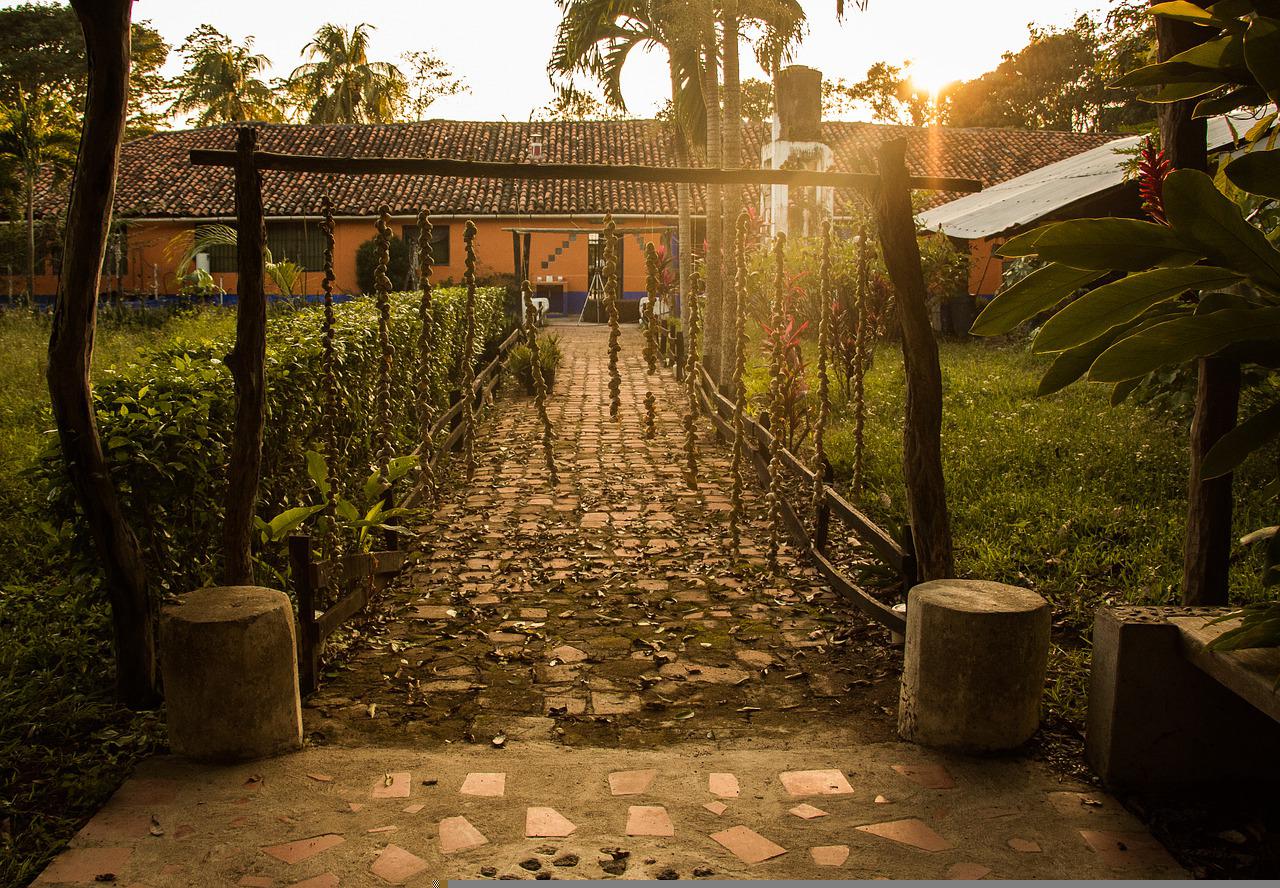We’re always complaining that things are getting smaller, from toilet paper to candy bars. In some cases, it’s our minds playing tricks on us, but in others, it is absolutely true. American gardens fall into the second category. Data from the US Census Bureau proves that between 2009 and 2018, the median lot size for new builds dropped from 10,994 square feet to 8,982 square feet. That’s a reduction of almost 20 percent in just nine years.
Now when you hear the phrase wildlife garden, you tend to think of sprawling areas of grassland, hedgerows and maybe a pond or two. But you would be amazed what can be achieved in even the smallest urban backyard.
Attract pollinators
There’s an order to everything in nature, and to attract wildlife you need to start with pollinators. Nectar-rich single-flowering open flowers like borage and coneflowers look beautiful in your borders or can be grown in window boxes. They are ideal for attracting bugs, and once established, these will, in turn, attract other wildlife. Use naturalistic design practices and they will need minimal maintenance.
Just add water
Water is the source of all life and is one of the fundamental things that sets our planet apart from others in the solar system. Even a small pond will work wonders to attract insect life and all birds that used to be a common sight but whose numbers are dwindling at an alarming rate. However, if space is really at a premium, a bird bath is the next best thing. Similarly, leaving a tray of fresh water out will provide a vital resource for bees. Add a few rocks or stones so they have somewhere to perch while taking a drink.
Feed the birds
It’s probably the first thing you think of, but you need these other basics in place before you start to think about bird feeders. There are dozens available at your local garden center in different designs, which will attract different types of birds. However, there is nothing more rewarding than upcycling one to your own specification. All it takes is some string or wire, a container of some sort and a little imagination. There are some fun ideas online if you need inspiration that use everything from tea cups to empty champagne bottles.
Natural pest control
There are some visitors you’d rather keep out. Aphids, slugs and snails can be a highly destructive nuisance, devouring your carefully cultivated flowers and plants. Don’t reach for the pesticides, however. Companion planting is a clever trick whereby plants protect one another. For example, garlic and chives emit an odor that keeps aphids at bay, so plant a few amongst the flowers.
The best solution, however, is natural predation. Successfully attract ladybugs, birds and frogs with your water feature and they will thank you by devouring the mites, aphids and slugs on sight!
Are You a Professional?
Requests for your services are coming in left and right. Let’s connect and grow your business, together.


